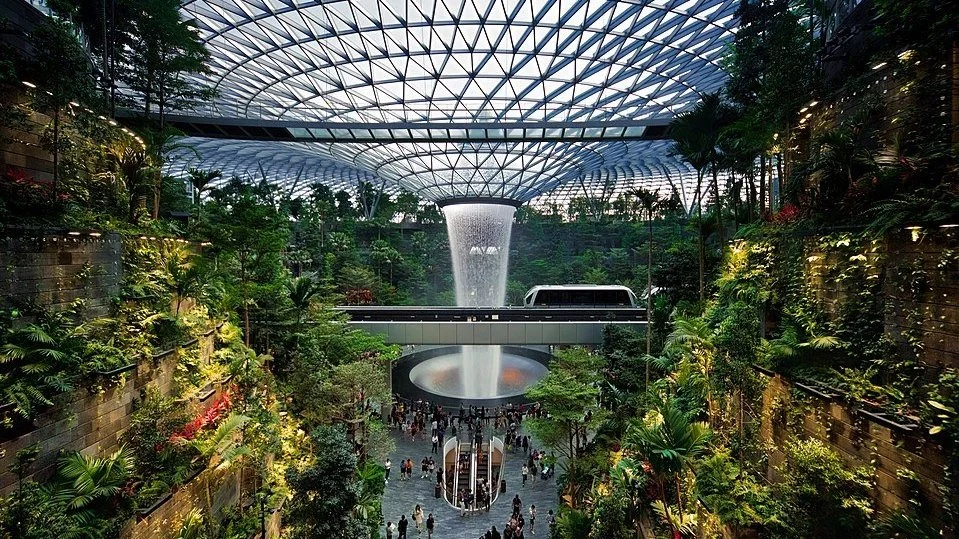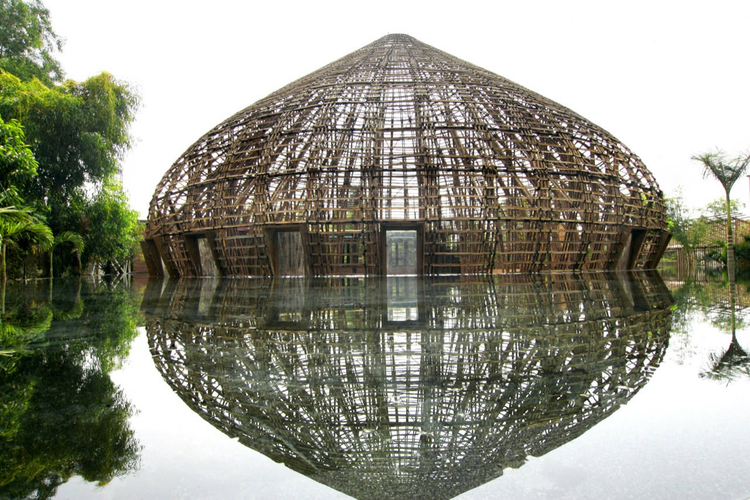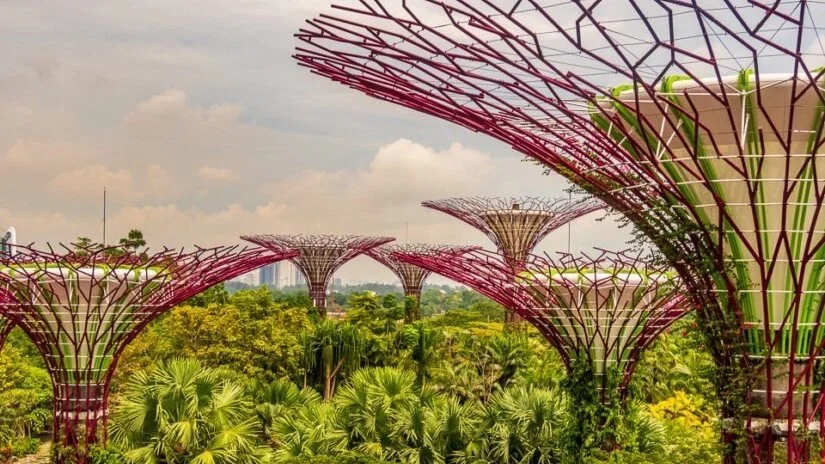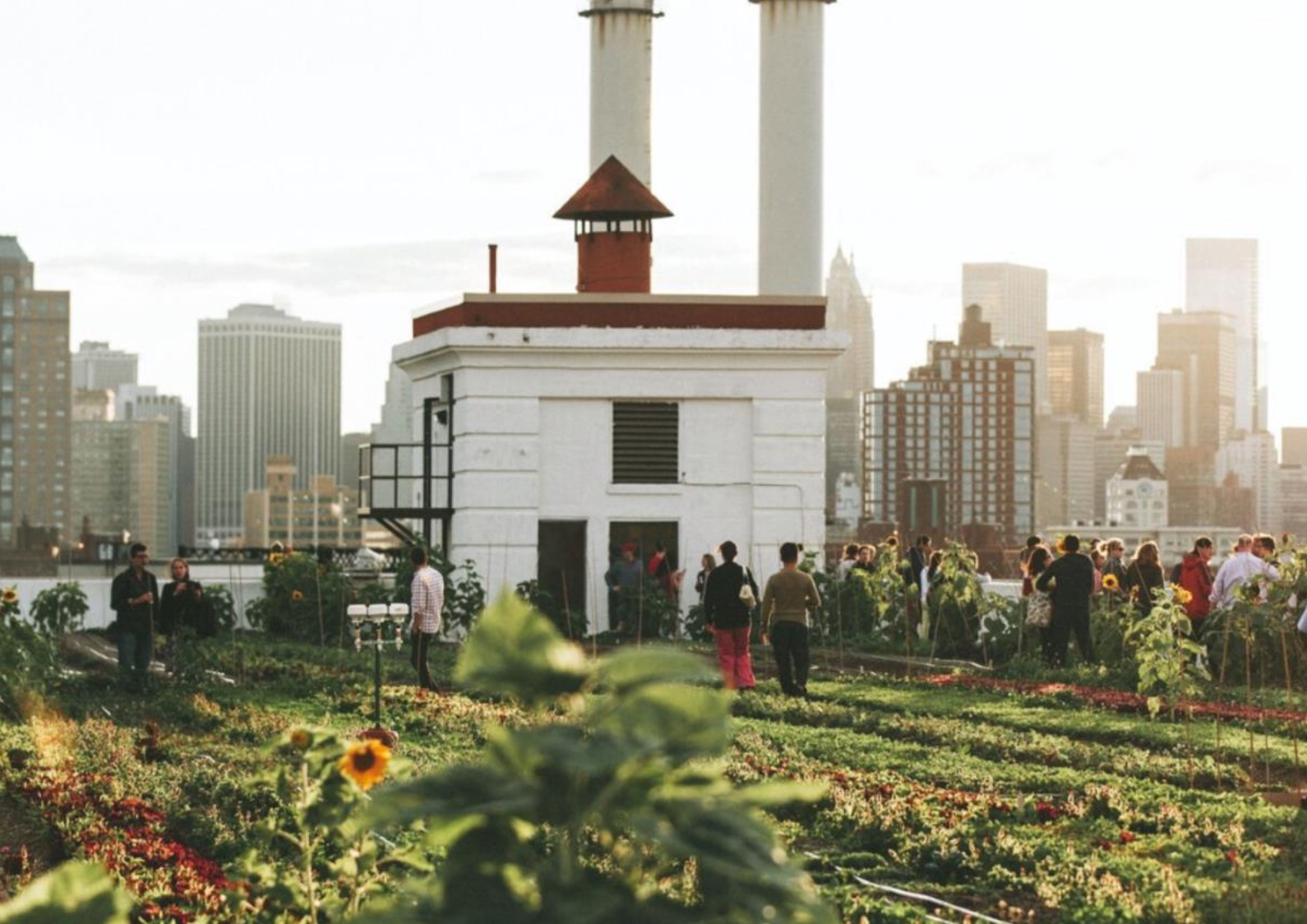When We Design Nature: Biophilia Between Intention and Impact.
Changi Airport
Introduction
Biophilic design is emerging as a promising approach to reconnect people with nature in urban and built environments. As awareness grows around climate change, mental health, and the quality of everyday environments, there’s increasing interest in how contact with nature can support wellbeing. Biophilic design responds to this by integrating natural elements like plants, water, daylight, and natural materials into buildings and public spaces.
From office lobbies filled with greenery to indoor trees in high-end apartments, biophilicfeatures are now everywhere. But the effect of these designs depends on how thoughtfullythey’re done. Are they genuinely helping people reconnect with nature, or simply creating a visual impression of it?
One reason biophilic design has captured so much attention is its connection to how our minds respond to natural environments. According to Kaplan and Kaplan’s (1989) Attention Restoration Theory (ART), nature gives our brains a break by offering calming, low-effort experiences. Being in these kinds of spaces helps us slow down and feel more present, like noticing light through leaves, hearing flowing water, or watching tree branches move in the wind. These moments support mental recovery from stress and overstimulation (Kaplan & Kaplan, 1989). Because of this, biophilic design is often used in places where focus and well-being are important, like offices, hospitals, and schools (Ulrich, 1984; Kellert et al., 2008; Gray & Birrell, 2014).
Biophilia: A Critical Theoretical Review
The idea of biophilia highlights our deep-rooted connection to the natural world, which has influenced how we design spaces that promote health and comfort. Wilson (1984) suggested that because humans evolved closely with nature, elements such as greenery, water, and natural textures naturally appeal to us. Kellert and colleagues (2008) expanded this view, showing that this connection can happen in several ways: through direct interaction with nature, indirect cues like natural materials indoors, or symbolic forms that remind us of natural patterns.
But the idea that everyone experiences nature in the same way has been challenged. What feels natural to one person may not feel that way to someone else. A tree-lined square in Manhattan doesn’t carry the same meaning as a sacred grove in India or a savanna in Kenya.
Nature is experienced differently depending on culture, history, and place.As Finney (2014) and others have pointed out, mainstream biophilic design often reflects white, Western perspectives. It can overlook the ways that Indigenous people and people of colour relate to land, connections shaped by different histories, cultures, and lived experiences. So while biophilia is a powerful idea, using it in design means thinking more carefully about context and recognising that there’s no single way to define what nature is or how it should feel.
Wind and Water Bar by Vo Trong Nhia - Vietnam
Between Simulation and Substance
Not all implementations of biophilic design are created equal. Increasingly, biophilic gestures are reduced to symbolic insertions - plants in reception areas, waterfall screens in shopping malls, or leaf patterns on carpets. While these features may fulfil checklists for certifications or branding, they often lack meaningful engagement with natural systems.
This phenomenon has been critiqued as 'superficial biophilia' (Salingaros, 2015), referring to designs that imitate the appearance of nature without its complexity or unpredictability. The issue goes beyond aesthetics. When nature is turned into a spectacle, its ecological significance gets flattened. As Klein (2014) points out in her critique of green capitalism, even the language of sustainability can be co-opted to protect extractive systems. Biophilia risks becoming a marketable surface rather than a transformative ethic.
Designing with Ecological Honesty
True biophilic design must do more than mimic nature; it must work with it. This means engaging with local ecologies, embracing natural processes like succession or decay, and accepting a degree of unpredictability in design outcomes. Examples such as Milan’s Bosco Verticale or Singapore’s Gardens by the Bay attempt this deeper integration, balancing human use with biodiversity, ecosystem services, and architectural innovation (Beatley, 2011).
Crucially, intention matters. Is the goal to soothe users temporarily, or to foster lasting relationships with living systems? Are materials locally sourced and maintained with ecological sensitivity, or imported and artificially sustained? Is the space evolving, interactive, and educational or merely ornamental?
Without intentionality and ecological feedback, biophilic features risk becoming greenwashed façades - pleasing to the eye, but inert in function.
Garden by the Bay – Singapore
What the Research Shows and Where It Falls Short
Empirical research does support many of biophilia’s core claims. In one of the most widely cited studies, Ulrich (1984) found that hospital patients recovering from gallbladder surgery who had views of trees recovered faster and used less pain medication than those whose windows faced a brick wall. A follow-up study (Ulrich et al., 1991) confirmed that natural views significantly reduce stress, as measured by physiological and behavioural responses.
Additional research indicates that natural light, indoor plants, and access to green space can enhance attention, reduce aggression, and improve job satisfaction (Kellert et al., 2008; Gray & Birrell, 2014; Joye, 2007). These findings underpin the field’s momentum, suggesting that even brief exposure to nature or naturalistic stimuli can have restorative effects.However, this body of evidence is not without limitations. Many studies rely on short-term experiments with small, homogeneous samples, often conducted in controlled laboratory settings (Joye & van den Berg, 2011). Variability in how “nature” is defined, ranging from real forests to digital images, makes cross-study comparisons difficult. Few studies account for cultural differences, socioeconomic status, or intersectional identities that shape how people experience natural environments (Finney, 2014). The research base is promising, but it needs greater methodological rigour, diversity, and critical depth.
Contradictions and Unintended Consequences
While biophilic design often purports to be healing and inclusive, its spatial impacts can contribute to socio-environmental exclusion. Scholars like Anguelovski et al. (2019) have shown how “green” redevelopment can drive displacement through green gentrification, making neighbourhoods more expensive under the guise of ecological improvement.
In other cases, the very technologies used to support biophilic features can undermine their environmental intent. Mechanically watered green walls, exotic plant installations, and climate-controlled indoor forests can carry substantial carbon footprints, especially when disconnected from broader sustainable practices (Salingaros & Masden, 2008). Such contradictions point to a growing concern: when biophilic design is implemented without ecological accountability, it risks becoming part of the problem it aims to solve.
Re-wilding the Practice
To move beyond surface-level mimicry, biophilic design must embrace rewilding, not just ecologically, but conceptually. This could mean integrating native vegetation, designing for nonhuman species, or allowing landscapes to evolve without strict human control. Rewilding urban environments also invites a cultural shift: accepting imperfection, welcoming ecological spontaneity, and recognising humans as co-inhabitants rather than masters of nature. Some emerging models reflect this ethos. Urban “micro-parks,” schoolyard habitats, and adaptive reuse projects that favour successional growth and open-ended ecologies offer pathways for deeper biophilic engagement (Joye, 2007; Beatley, 2011). These spaces are not static or ornamental; they are shaped by human involvement, ecological processes, and ethical considerations that resist closure.
Brooklyn Grange – A Rooftop Farm - NYC
Conclusion
Biophilic design continues to hold promise, but only if we stay honest about its contradictions. Its strength lies not in replicating nature’s surface, but in building relationships with living systems that are situated, unfinished, and often uneasy. When nature is reduced to visual comfort, it risks deepening the disconnection it claims to heal. For biophilic design to matter, it has to be more than symbolic. It needs to work within ecological realities, respond to cultural context, and remain open to change. This means not designing for nature, or even with it, but from within it, embracing a continual process of care and adjustment as both people and nature evolve together.
References
Anguelovski, I., Connolly, J. J. T., Pearsall, H., Shokry, G., Checker, M., Maantay, J., …
Gould, K. A. (2019). Why green “climate gentrification” threatens poor and vulnerable populations. Proceedings of the National Academy of Sciences, 116(52), 26139–26143. https://doi.org/10.1073/pnas.1920490117
Beatley, T. (2011). Biophilic cities: Integrating nature into urban design and planning. Washington, DC: Island Press.
Finney, C. (2014). Black faces, white spaces: Reimagining the relationship of African Americans to the great outdoors. Chapel Hill: The University of North Carolina Press.
Gray, T., & Birrell, C. (2014). Are biophilic-designed site office buildings linked to health benefits and high performing occupants? International Journal of Environmental Research and Public Health, 11(12), 12204–12222. https://doi.org/10.3390/ijerph111212204
Joye, Y. (2007). Architectural lessons from environmental psychology: The case of biophilic architecture. Review of General Psychology, 11(4), 305–328. https://doi.org/10.1037/1089-2680.11.4.305
Joye, Y., & van den Berg, A. (2011). Is love for green in our genes? A critical analysis of evolutionary assumptions in restorative environments research. Urban Forestry & Urban Greening, 10(4), 261–268.https://doi.org/10.1016/j.ufug.2011.07.004
Kaplan, R., & Kaplan, S. (1989). The experience of nature: A psychological perspective. Cambridge University Press.
Kellert, S. R., Heerwagen, J. H., & Mador, M. L. (Eds.). (2008). Biophilic design: The theory, science, and practice of bringing buildings to life. Hoboken, NJ: Wiley.
Klein, N. (2014). This changes everything: Capitalism vs. the climate. New York: Simon & Schuster.
Salingaros, N. A. (2015). Biophilia and healing environments: Healthy principles for designing the built world. Terrapin Bright Green. https://www.terrapinbrightgreen.com/reports/biophilia-healing-environments/
Salingaros, N. A., & Masden, K. G. (2008). Neuroscience, the natural environment, and building design. In N. Leach (Ed.), Digital cities: The architecture of the digital age (pp. 59–77). Wiley.
Ulrich, R. S. (1984). View through a window may influence recovery from surgery. Science, 224(4647), 420–421. https://doi.org/10.1126/science.6143402
Ulrich, R. S., Simons, R. F., Losito, B. D., Fiorito, E., Miles, M. A., & Zelson, M. (1991). Stress recovery during exposure to natural and urban environments. Journal of
Environmental Psychology, 11(3), 201–230. https://doi.org/10.1016/S0272-4944(05)80184-7Wilson, E. O. (1984). Biophilia. Cambridge, MA: Harvard University Press.




